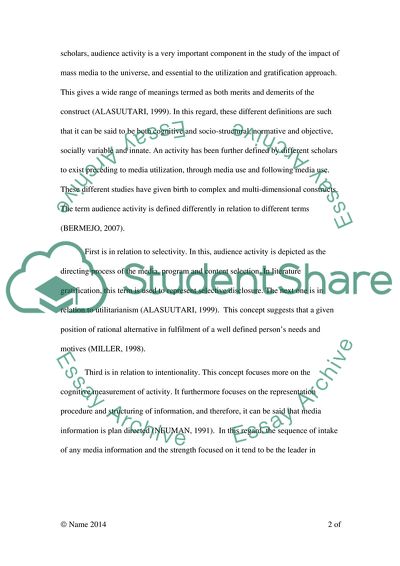Cite this document
(“The Impact of the Internet on Fashion Journalism Essay”, n.d.)
Retrieved from https://studentshare.org/journalism-communication/1573822-the-impact-of-the-internet-on-fashion-journalism
Retrieved from https://studentshare.org/journalism-communication/1573822-the-impact-of-the-internet-on-fashion-journalism
(The Impact of the Internet on Fashion Journalism Essay)
https://studentshare.org/journalism-communication/1573822-the-impact-of-the-internet-on-fashion-journalism.
https://studentshare.org/journalism-communication/1573822-the-impact-of-the-internet-on-fashion-journalism.
“The Impact of the Internet on Fashion Journalism Essay”, n.d. https://studentshare.org/journalism-communication/1573822-the-impact-of-the-internet-on-fashion-journalism.


